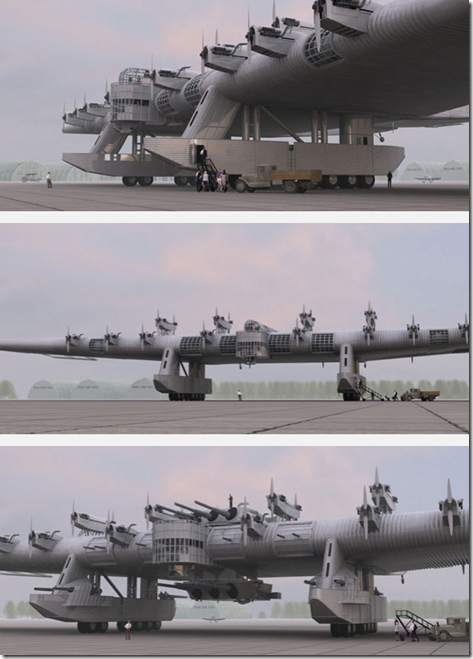Just because you design it, doesn’t mean it is a good idea
Airplane-Giant K-7, Soviet designed and looked really good. It is a case of meeting a need too late. The Soviets in the 30s had some BIG ideas, and could make them happen economically, the rest of the world couldn’t. But getting this aircraft to market took too long.
Design, talking to customers, design, talking to customers, then code, design some more, talk to customers. With the K-7 this was likely a central committee that didn’t talk to the end-users like line pilots (where will we land this beast? It’s too heavy for the current airfields), or military planners (time aloft, air speed, range, for the K-7, not so good), and so forth. With UML, you can avoid these kinds of issues.
Thus, great design idea, slow implementation. Tools like UML can actually speed up your design process, not slow it down. For the K-7, the all wing aircraft was a good idea, putting 12 gun positions with large caliber likely could have been caught during design.
This is a real aircraft designed, built and flown by the Soviets in 1935, after a few flights it crashed. The Soviets figured out what went wrong and put two into production but didn’t complete them, likely because of cruise speeds and range (2,400 km). Let’s face it, 2,400 km doesn’t get you very far in the USSR. Frankly, this is one of the aircraft that demonstrates the power of the Soviets ability to do big things during the 1930s and 1940s, and you got to respect them. Just as the Russians understand design for harsh environments today. The Russian designers definitely do not get the respect they deserve.
And I am pretty sure the great Russian software designers/architects use UML.
As far as I can tell this is the first “wing” type of aircraft that flew, but didn’t quite fit the definition of a “wing” because it had a small tail section for stabilization.
